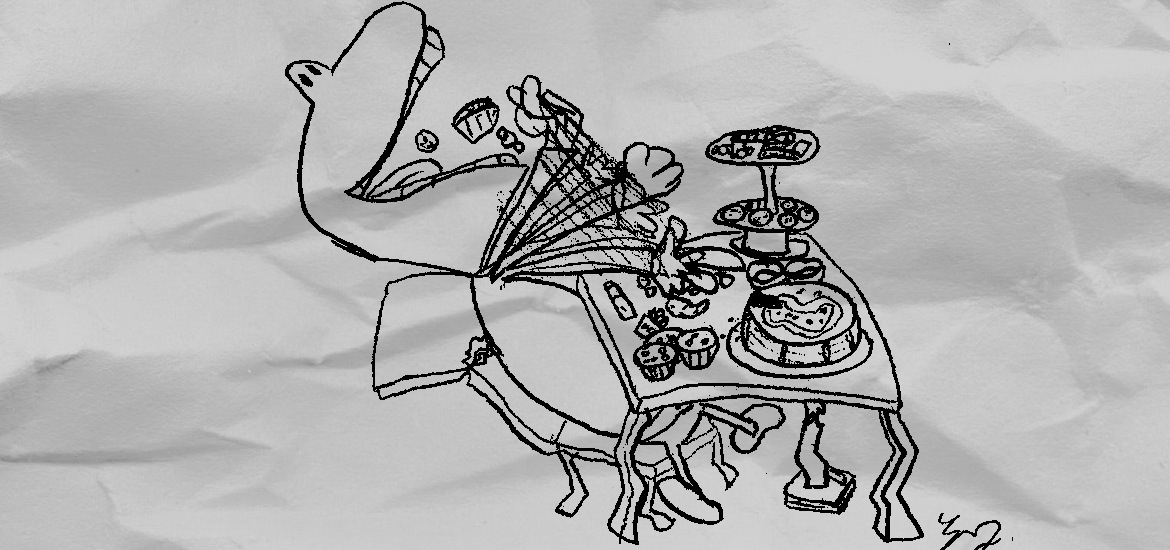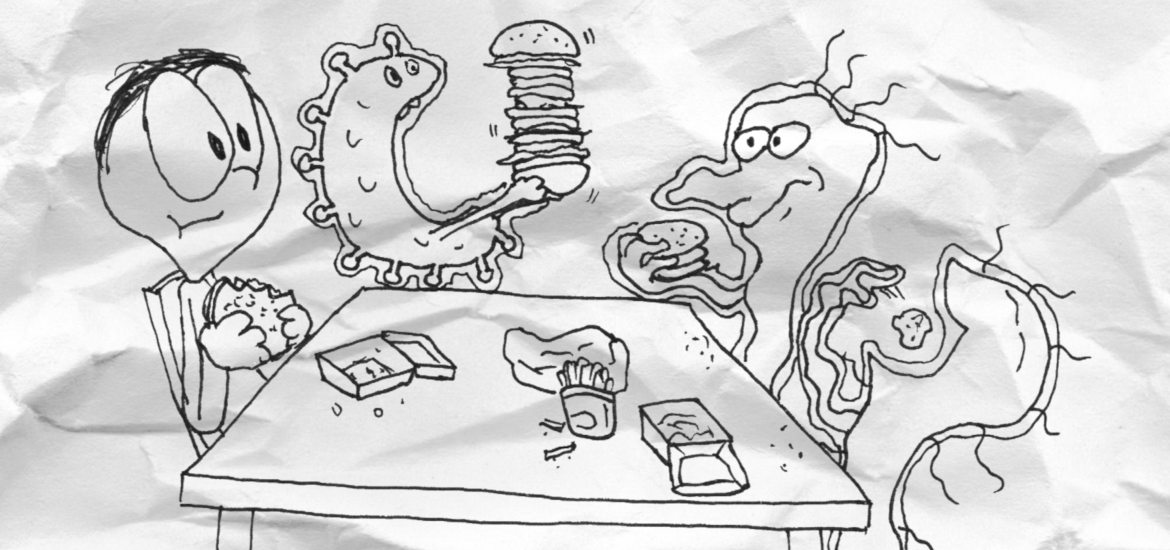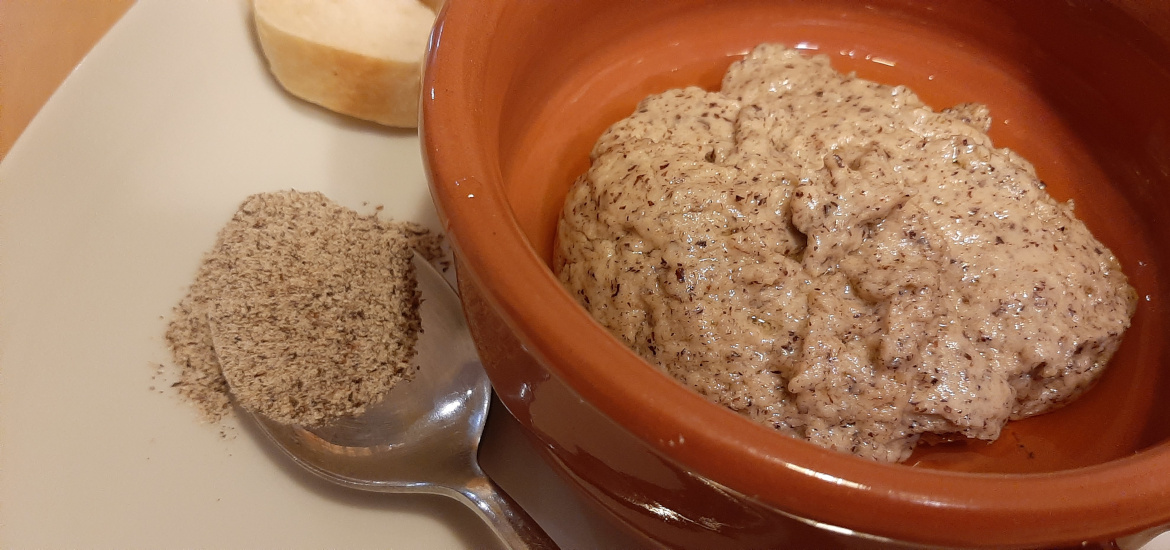Everyone who thinks just a little bit about what he or she eats, thinks about the calories and caloric value of food – how much energy food or drink will provide – either to get the most out of it or to get a little as possible out of its food.
But how are these calories determined and is the number written on our packed food really trustworthy?
The easiest and most straightforward way is to burn the food and measure the energy that it releases. As expected, caloric (nutrition) value of food is no longer calculated as total energy value of the food determined by calorimetry (burning). Logically – cellulose (wood) does have caloric value if you burn it, but if you eat it, this will have no effect on your caloric intake. In other words, in theory you can live of wood, but in practice this is only possible if you are a bark beetle or you enjoy eating bark bread.
Burning the food is therefore not ideal way to determine how much energy you will get from food. Current practice is to calculate the caloric value of food based on the content of carbohydrates, proteins, fat and alcohol in the food (all according to this article). The caloric value of mentioned components is determined by calorimetry and average values are used. This is enough accuracy to determine the caloric value of the food. Let’s see if the numbers add up.
Checking the caloric value of food
Nestle Chocapic should contain per 100 g (data from here):
- 382 calories
- 4.8 g total fat
- 76.5 carbohydrates
- 5.9 g dietary fiber
- 37 g sugars
- 8.4 protein
Everyone who thinks just a little bit about what he or she eats, thinks about the calories – how much energy the food will provide – either to get the most out of it or to get a little as possible out of its food.
But how are these calories determined and is the number written on our packed food really trustworthy?
The easiest and most straightforward way is to burn the food and measure the energy that it releases. As expected, caloric (nutrition) value of food is no longer calculated as total energy value of the food determined by calorimetry (burning). Logically – cellulose (wood) does have caloric value if you burn it, but if you eat it, this will have no effect on your caloric intake. In other words, in theory you can live of wood, but in practice this is only possible if you are a bark beetle or you enjoy eating bark bread.
Burning the food is therefore not ideal way to determine how much energy you will get from food. Current practice is to calculate the caloric value of food based on the content of carbohydrates, proteins, fat and alcohol in the food (all according to this article). The caloric value of mentioned components is determined by calorimetry and average values are used. This is enough accuracy to determine the caloric value of the food. Let’s see if the numbers add up.
Calculating the total amounts, carbohydrates, proteins and fats account for around 90% of the mass – the rest are probably water and inorganic salts or something similar, having no caloric value.
As for the carbohydrates – sugars and dietary fiber account for around 56% of carbohydrates, the rest, one would presume, should be complex sugars. When calculating the caloric value therefore we should subtract the amount of dietary fiber, since it has – per definition – no caloric value.
Based on the nutrients the caloric value should be:
8.4 x 4 (proteins)
+ 70.6 x 4 (carbohydrates)
+ 4.8 x 9 (fat) =
33.6 + 282.4 + 43.2
(the number similar to the given on the label) =
359.2 calories per 100g
This is lower that stated (382 calories per g). If we add to this the calories from the dietary fiber (5.9 x 4=23.6) we get to the 382.8 calories per 100 g – which makes you wonder – does Nestle knows what dietary fiber really means or is dietary fiber in fact dietary fiber? Or is Nestle still in the middle ages and it is using the caloric value determined by burning the food?
Anyway, the values are not so different; the content of nutrients definitely varies to some degree from batch to batch due to difference in raw materials, so I would say this is a fair assumption.
Checking the composition
The other question is, if the amount of the components in the food is determined with enough precision. In the case of protein shakes the amount of protein is probably determined fairly accurately and does not change from day to day. With other products, especially the ones made from unprocessed natural ingredients, this can wary. Therefore some more research is needed and you can expect is soon.







